interior design for office
Interior Design for Offices
The office is a place where people spend a significant portion of their lives. It's where they work, collaborate, and socialize. As such, it's important to create an office environment that is conducive to productivity, creativity, and well-being.
Interior design can play a major role in creating a positive and productive work environment. By carefully considering the layout, furniture, lighting, and colors, you can create an office that supports the needs of your employees and encourages them to perform at their best.
The Layout
The layout of your office is one of the most important factors to consider when designing an office space. The way your furniture is arranged can affect how people interact with each other, how well they can concentrate, and how much they get done.
There are a few different ways to arrange your office furniture. The most common layout is the cubicle farm. This layout is characterized by rows of identical cubicles, each with its own desk, chair, and computer. While cubicle farms are efficient in terms of space, they can also be isolating and distracting.
Another popular layout is the open office. In an open office, there are no cubicles. Instead, employees work at desks that are arranged in clusters or pods. Open offices are more collaborative than cubicle farms, but they can also be noisy and distracting.
If you're looking for a compromise between the two extremes, you might consider a hybrid office. A hybrid office combines elements of both the cubicle farm and the open office. For example, you might have some employees working in cubicles and others working at desks in clusters.

No matter which layout you choose, it's important to make sure that the furniture is arranged in a way that promotes productivity. Employees should have enough space to work comfortably, and they should be able to see and hear each other without being distracted.
The Furniture
The furniture you choose for your office can also have a big impact on the work environment. When choosing furniture, you need to consider the needs of your employees and the type of work they do.
For example, if you have employees who work on computers all day, you'll need to make sure they have comfortable desks and chairs that are designed for ergonomic support. If you have employees who do a lot of collaboration, you'll need to choose furniture that encourages interaction, such as tables and chairs that are easy to move around.
In addition to choosing furniture that is functional, you also need to choose furniture that is stylish and inviting. The furniture in your office should reflect your company's culture and values. It should also make employees feel comfortable and inspired.
The Lighting
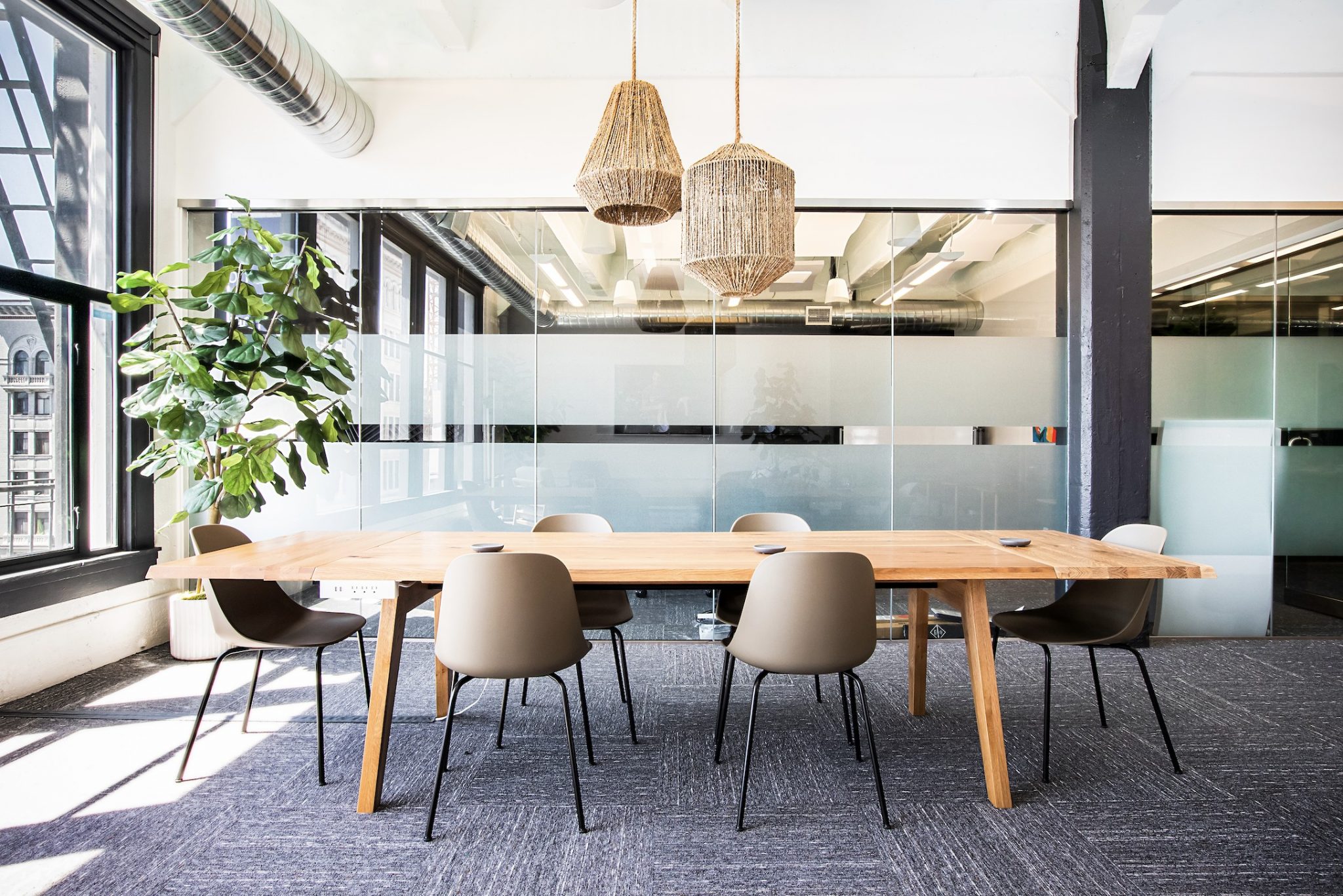
Lighting is another important element of interior design for offices. The right lighting can create a bright and cheerful work environment, or it can make a space feel dark and gloomy.
The type of lighting you choose will depend on the size and layout of your office, as well as the tasks that your employees perform. For general office lighting, you'll want to choose a bright, neutral light that won't cause eye strain. For task lighting, you'll want to choose a more focused light that will help employees see their work clearly.
In addition to the type of lighting, you also need to consider the placement of your lights. You should aim to create a well-lit space that is free of shadows and glare.
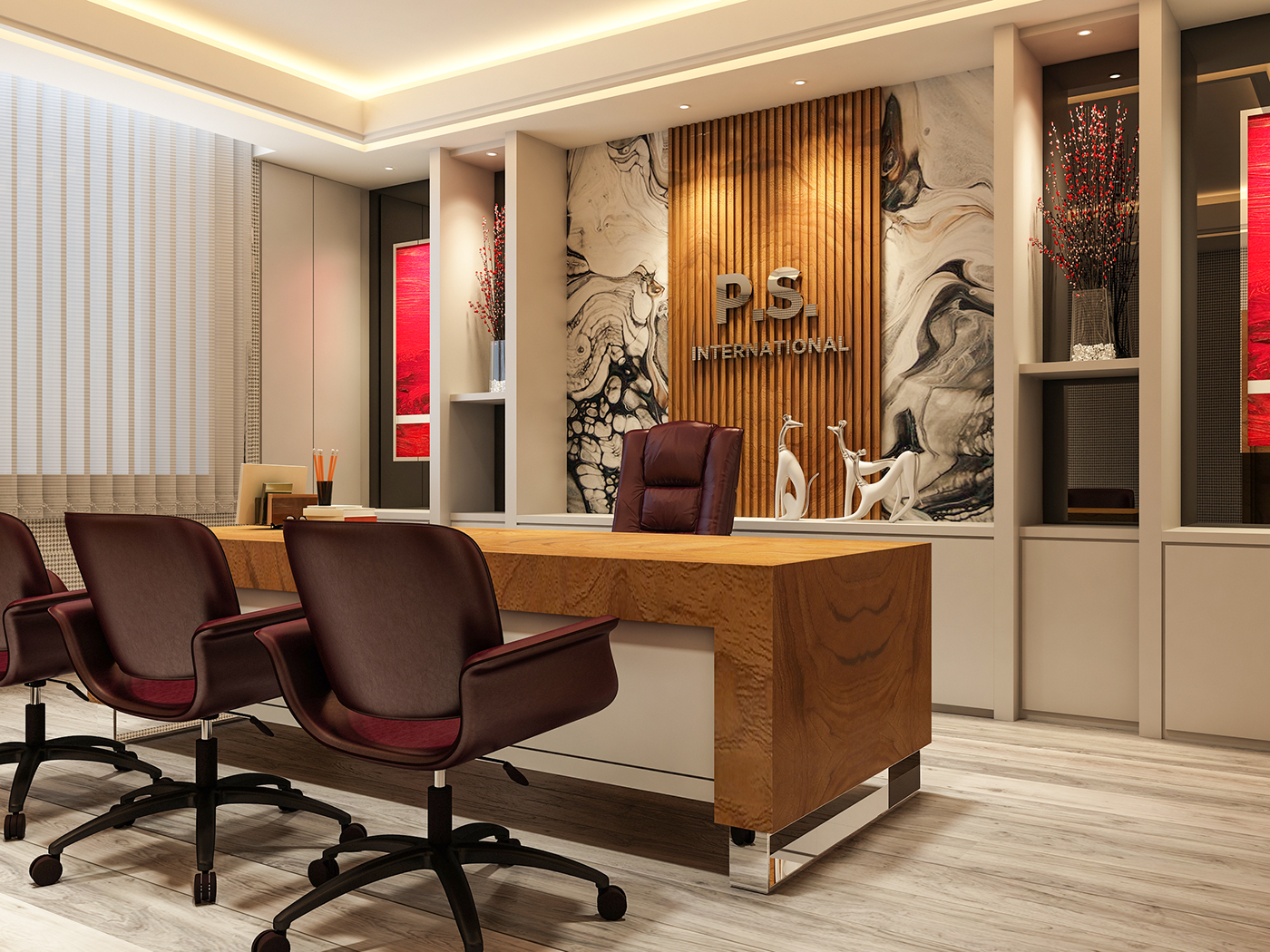
The Colors
The colors you choose for your office can also have a significant impact on the work environment. The colors you use can affect how people feel, how productive they are, and how well they collaborate.
In general, light and airy colors are best for offices. These colors create a bright and cheerful atmosphere that is conducive to productivity. Dark and gloomy colors, on the other hand, can make a space feel cramped and oppressive.
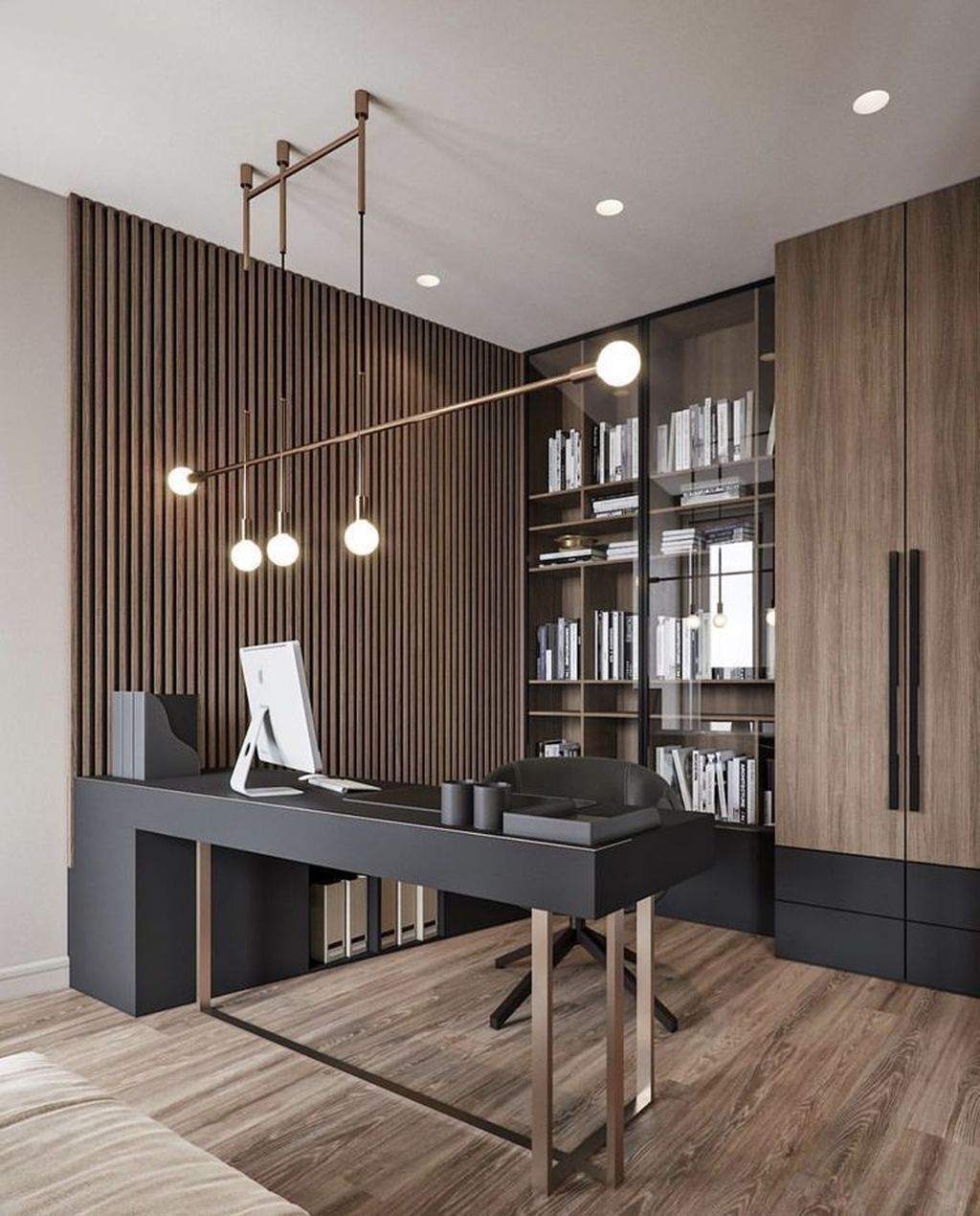
When choosing colors for your office, you need to consider the overall vibe you want to create. Do you want a space that is stimulating and energizing? Or do you want a space that is calm and relaxing?
You also need to consider the type of work that your employees do. If you have employees who work on computers all day, you'll want to choose colors that won't cause eye strain.
The Acoustics
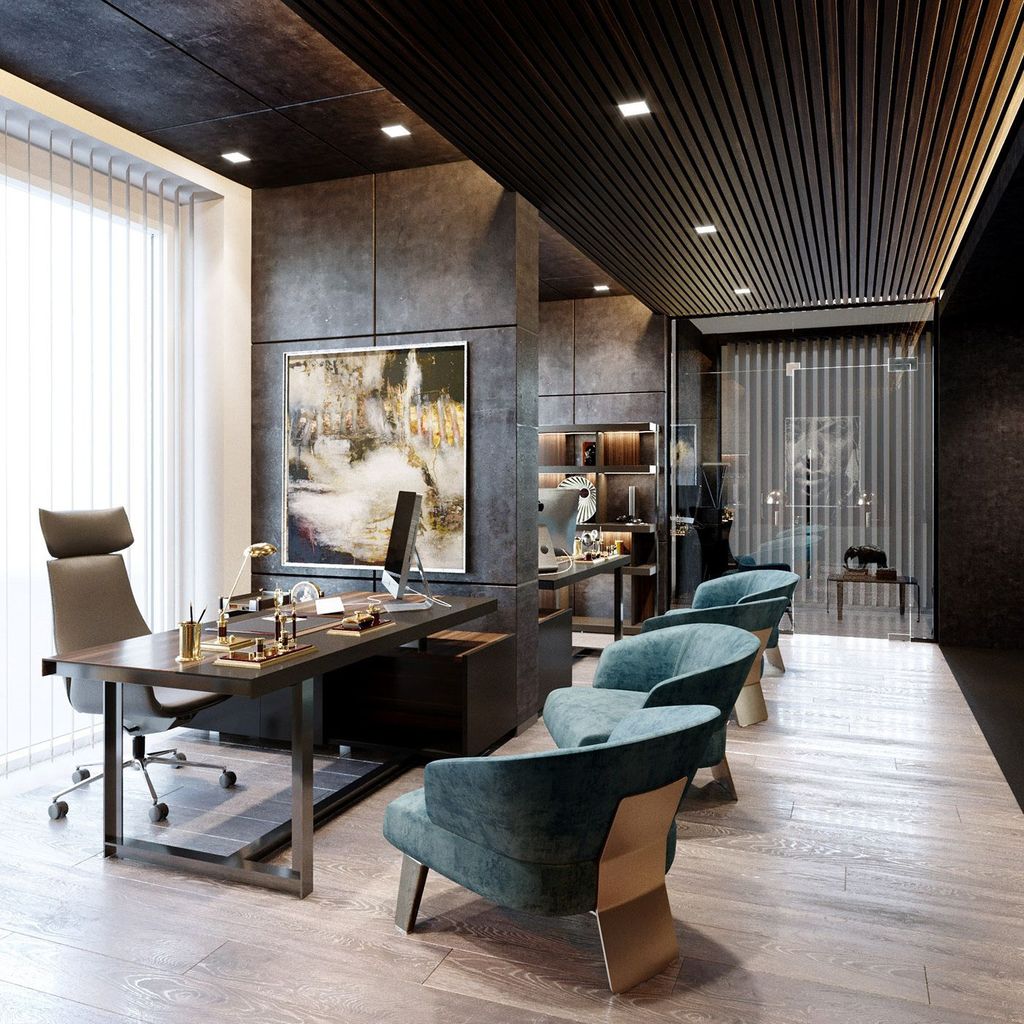
The acoustics of your office can also have a big impact on the work environment. If your office is too noisy, it can be difficult for employees to concentrate and collaborate.
There are a few things you can do to improve the acoustics in your office. You can add sound-absorbing materials to the walls and ceiling, such as acoustic tiles or curtains. You can also use noise-canceling headphones or earplugs.
The Plants
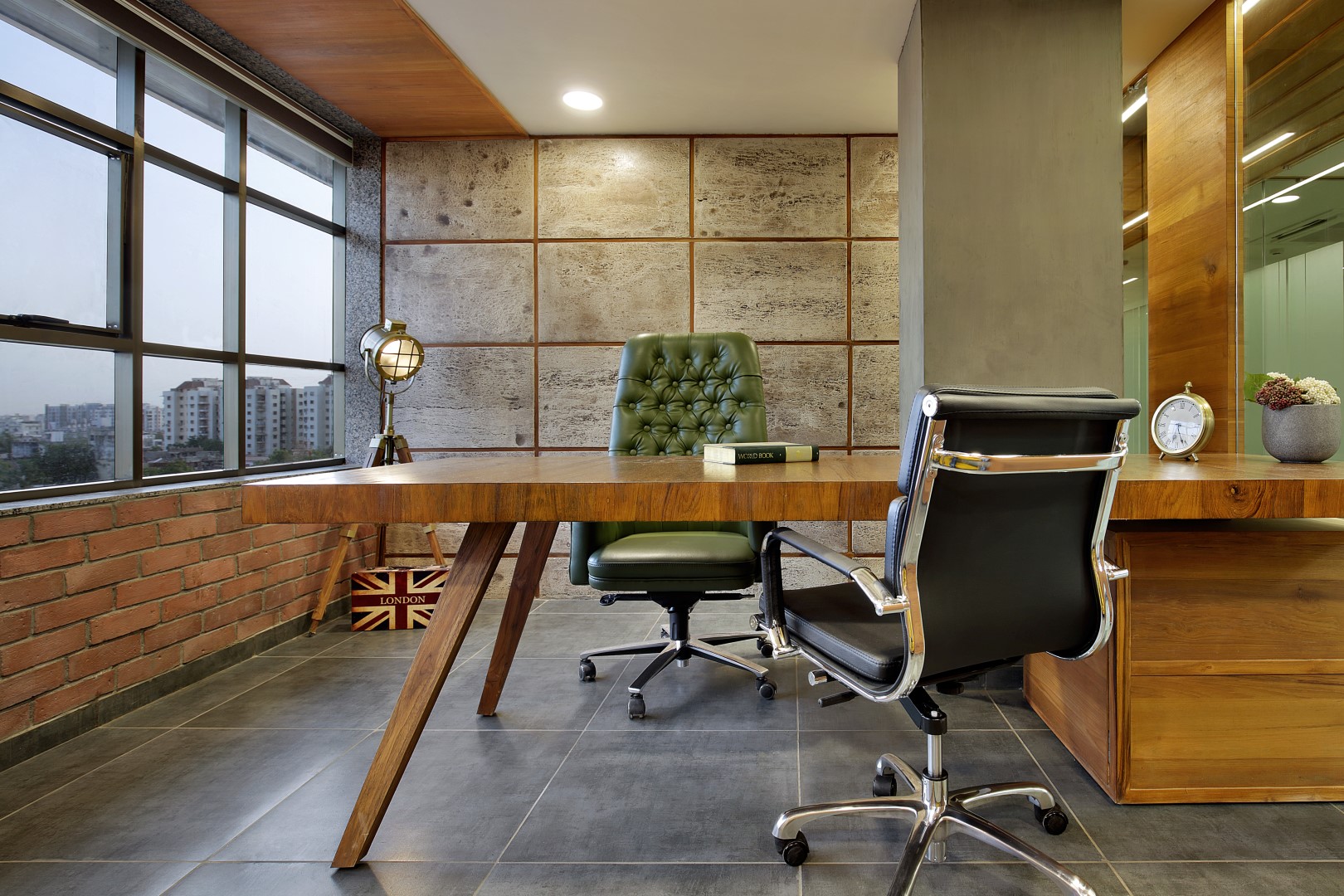
Adding plants to your office can also improve the work environment. Plants can help to purify
Thank you for exploring our website by interior design for office. Your presence fuels our commitment to excellence. Come back for a more enriching experience!

